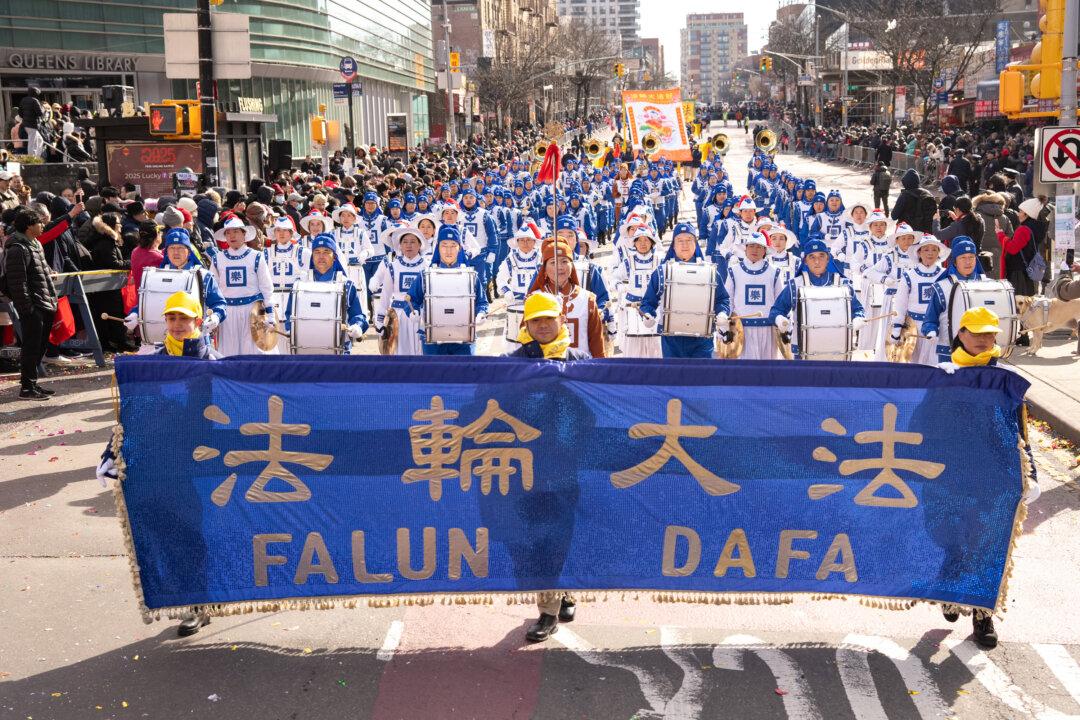The Trump administration on Jan. 12 declassified a U.S. national security document that outlines its strategy for working with regional partners and allies to confront China’s threats to the Indo-Pacific region.
China and Taiwan
The document describes in detail how the Chinese regime poses a threat to the United States and like-minded partners in the Indo-Pacific.“China aims to dissolve U.S. alliances and partnerships in the region. China will exploit vacuums and opportunities created by these diminished bonds,” according to the document. “Chinese economic, diplomatic, and military influence will continue to increase in the near-term and challenge the U.S. ability to achieve its national interests in the Indo-Pacific region.”
In terms of confronting the Chinese military, the U.S. strategy committed to “devise and implement a defense strategy capable of'' three objectives: deny China sustained air and sea dominance inside the “first island chain” in a conflict; defend the first island chain nations, including Taiwan; and dominate all domains outside the first island chain.
The first island chain is an arbitrary demarcation from the southern Japanese island of Kyushu, Taiwan, the Philippines, to Indonesia. For decades, China’s military strategists have seen the first island chain as a barrier before the regime can project its air and naval power to the second island chain and beyond. The second chain stretches from Japan to Guam and Papua New Guinea.
The U.S. strategy would “enable Taiwan to develop an effective asymmetric defense strategy and capabilities that will help ensure its security, freedom from coercion, resilience, and ability to engage China on its own terms,” the document adds.
Experts noted that the document’s language on Taiwan is a deviation from the U.S. government’s longstanding policy of “strategic ambiguity”—meaning not clearly stating whether the U.S. government would defend Taiwan in the event of an attack by China.
Beijing claims sovereignty over Taiwan despite its de facto nation-state status, with its own democratically elected government, military, and currency. The Chinese regime has repeatedly threatened to use military force to bring the island under its fold.
Kuo Yu-jen, professor at the Institute of China and Asia-Pacific Studies of Taiwan’s National Sun Yat-sen University, said this may be the first publicly released U.S. government document that has identified Taiwan as a key security partner in the first island chain.
He added that the point in making the document public is to show that the regime in China is a clear threat to the first island chain. The document also highlights the strategic importance of Taiwan’s location.
Dr. Malcolm Davis, a senior analyst at the Canberra-based think tank Australian Strategic Policy Institute, said the document is clearly stating a different U.S. position on Taiwan.
Elsewhere
Aside from Taiwan, the document notes the importance of the United States aligning its Indo-Pacific strategy with those of Australia, Japan, and India.“India remains preeminent in South Asia and takes the leading role in maintaining Indian Ocean security, increases engagement with Southeast Asia, and expands its economic, defense, and diplomatic cooperation with other U.S. allies and partners in the region,” the document states.
It adds: “A strong India, in cooperation with like-minded countries, would act as a counterbalance to China.”
According to the document, other countries that would play a vital role in the U.S. Indo-Pacific strategy include the Maldives, Bangladesh, Sri Lanka, South Korea, Singapore, Malaysia, Vietnam, Indonesia, the Philippines, and Thailand.





